Photo credits: Interim Archives/Getty Images
Sir Henry Clinton issued the Philipsburg Proclamation in 1779, allowing any enslaved persons owned by white Americans to join British ships. This occurred during the American Revolutionary War.
As a consequence, more slaves fled to the British lines, and many regiments were formed during this time period. The Black Company of Pioneers, a pioneering army comprised of fugitive African Americans, was the largest unit. This regiment was assigned to a support role during their tenure in Philadelphia, charged with attending scavengers, aiding with street cleaning, and removing any nuisances placed into the streets.
Colonel Titus “Tye” Corneilius led an attack on Patriot colonies in New Jersey with a party of 24 escaped slaves.
When the British faced American troops at Savannah, Augusta, and Charleston, they relied on African Americans to fill the ranks. By November 1779, more than 200 Black Loyalist soldiers had aided the British in thwarting a joint French and American Patriot attack on Savannah.
Historians believe that around 20,000 African-Americans fought with the British during the Revolutionary War, whereas 5,000 fought for the Patriot cause.
Lord Dunmore, the royal governor of Virginia, was eager to maintain British rule in the colonies and promised to free the enslaved men of rebel owners who fought for him.
“I also declare any indentured slaves, Negroes, or others, (belonging to Rebels,) free, capable, and willing to bear weapons, for the purpose of joining His Majesty’s Troops,” he declared on November 7, 1775. By December 1775, the British army had 300 enslaved persons outfitted in royal military garb.
The word “Liberty to Slaves” was embroidered on the outfit’s breast. These enslaved warriors were dubbed “Lord Dunmore’s Ethiopian Regiment.”





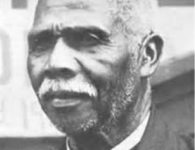
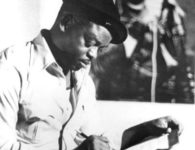
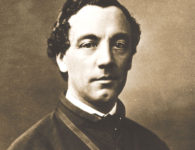

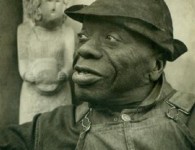
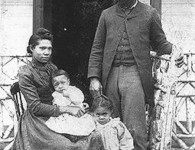
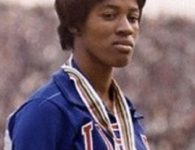
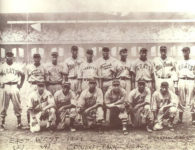


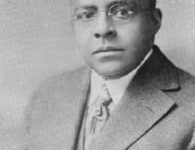

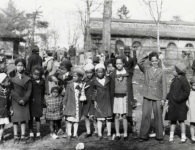

No comments